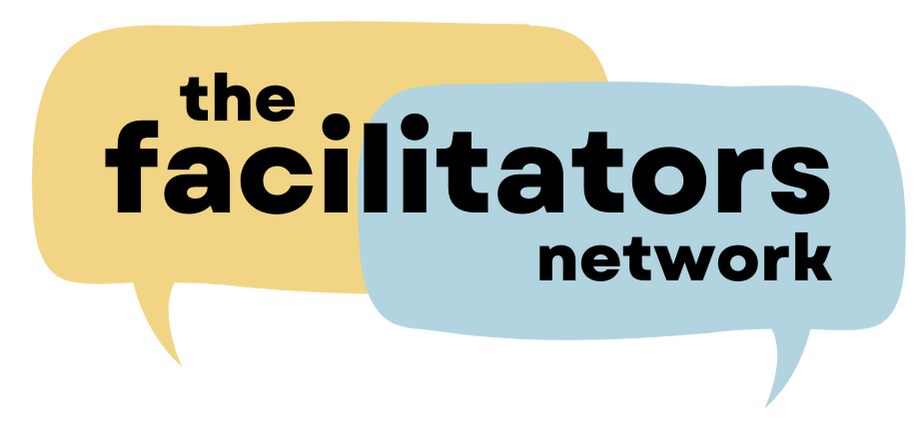Whether you’re facilitating a training session, a process, or a collaborative conversation, having a workshop plan is an important part of doing well on the day. Great facilitation depends on being well prepared and understanding the waypoints you need to hit as you go along.
When I am developing a workshop plan, I like to think of the workshop as a patchwork quilt. The quilt itself represents the overall workshop, and each patchwork block represents a key piece of the session. As I am shaping up each piece of the workshop, I use the P.A.T.C.H acronym to make sure I am building the pieces well.
P = Purpose
Before you can start developing a workshop plan, you need to be clear about the overall purpose of the workshop. What do you (or your client) ultimately want to achieve from the workshop taking place?
Once you are clear on the overall purpose, you need to break that down into mini-objectives for the workshop. You can usually identify these objectives by asking: What does the group need to know, discuss, explore or decide? These mini-objectives form the purpose for each of your ‘patchwork blocks’ within the workshop itself.
A = Activity
Once you know what you are trying to achieve within each portion of your workshop, you can consider what activity you might use to achieve it. Whether you are sharing a key principle, gathering or exploring ideas, prioritising options, or making decisions—there is always a range of ways you can achieve the objective.
To avoid using the same exercise repeatedly, make a list of all the activities you could potentially use in different parts of your session. Consider how each one would work in sequence, before making your final decision. The key to choosing a good activity is making sure you have plenty of options to choose from. If you need to add some new activities to your toolkit, you might want to check out some of our workshops here.
T = Timing
As you start to create each individual block, it’s important to consider how much time you want to spend on each phase of the workshop. Which parts of the workshop are most important and therefore warrant more time? Start by safeguarding the timing for those sessions, then work everything else around that. Make sure you leave enough ‘buffer time’ for when discussions take longer than expected or unexpected points are raised.
C = Cadence
The cadence or rhythm of a workshop is what keeps people interested and engaged. Think about how you can regularly change the pace and interaction levels of the workshop, by using a mixture of activities. As you piece the individual blocks together, make sure that there is a transition from fast to slow, generative to reflective and so on.
H = Happy?
Not all activities are right for every situation. When piecing your workshop plan together, consider the culture of the team or group you are working with; what kind of workshops are they used to; and the kind of activities that might be inappropriate for any reason.
If you are developing a plan that is significantly different to what a group might be expecting, it is important that you check in and make sure you’re all on the same page. By all means push forward with what you think will be most effective, but make sure you frame it in a way that the client is happy too.
Developing a workshop plan takes practice, but the more you do it, the easier it will become. As you start to create individual blocks, you’ll find you can mix and match them to make new workshops quickly and easily.
Kerri Price
Kerri is a professional facilitator with over 20 years experience in facilitation roles. She is the founder of The Facilitators Network and regularly facilitates workshops on Facilitation and Building a Facilitation Business.
Email: kerri@thefacilitatorsnetwork.co.nz

